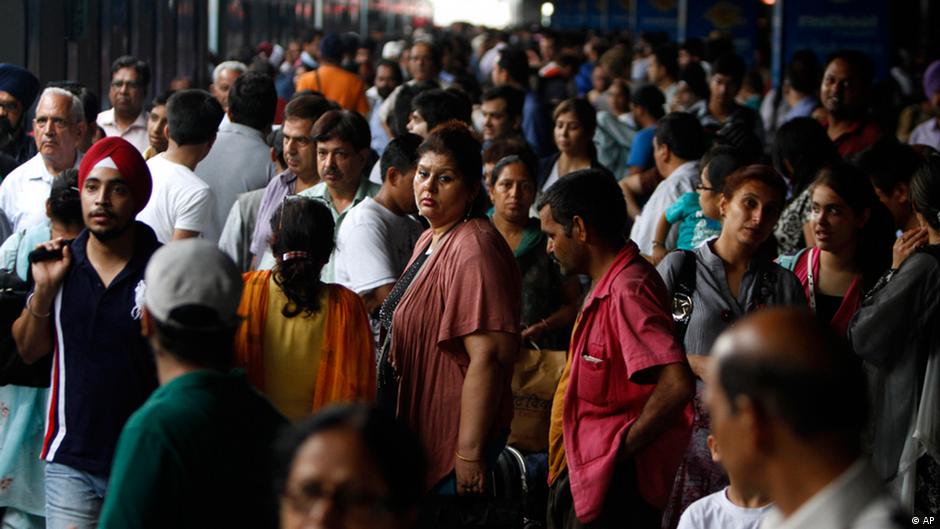UN: World Population To Reach 8 Billion By End of 2022

The United Nations has projected the world’s population to climb to eight billion by November 15, 2022 and rise to 8.5 billion in 2030.
The UN estimates that the world’s population will be 9.7 billion in 2050, before reaching a peak of around 10.4 billion people during the 2080s and then remain at that level until 2100.
This was contained in the UN’s 2022 World Population Prospects.
The report published on July 11, 2022 also forecasts that the disparate population growth rates among the world’s largest countries will change their ranking by size.
By that it noted that India is projected to surpass China as the world’s most populous country in 2023.
It also stated that more than half of the projected increase in the global population between 2022 and 2050 is expected to be concentrated in just eight countries including the Democratic Republic of the Congo, Egypt, Ethiopia, India, Nigeria, Pakistan, the Philippines and the United Republic of Tanzania.
The populations of the Democratic Republic of the Congo and the United Republic of Tanzania are expected to grow rapidly, between 2 and 3 per cent per year over the 2022-2050 period, the report said.
“Central and Southern Asia is expected to become the most populous region in the world by 2037 as the population of Eastern and South-Eastern Asia could start declining by the mid-2030s. Between 2022 and 2050, the population of sub-Saharan Africa is expected to almost double, surpassing 2 billion inhabitants by the late 2040s. With average fertility levels remaining close to 3 births per woman in 2050, sub-Saharan Africa is projected to account for more than half of the growth of the world’s population between 2022 and 2050. In 2022, the size of the population in this region was growing at an annual rate of 2.5 per cent, the highest among all eight regions or more than three times the global average of 0.8 per cent per year.
“Europe and Northern America is projected to reach its peak population size and to begin experiencing population decline in the late 2030s due to sustained low levels of fertility, which has been below 2 births per woman since the mid-1970s and, in some countries, high emigration rates”, the report said.
Source: opemsuo.com/Hajara Fuseini








